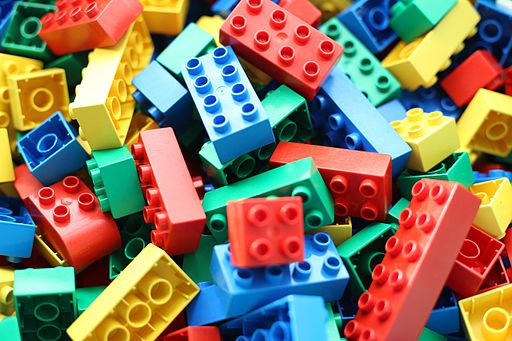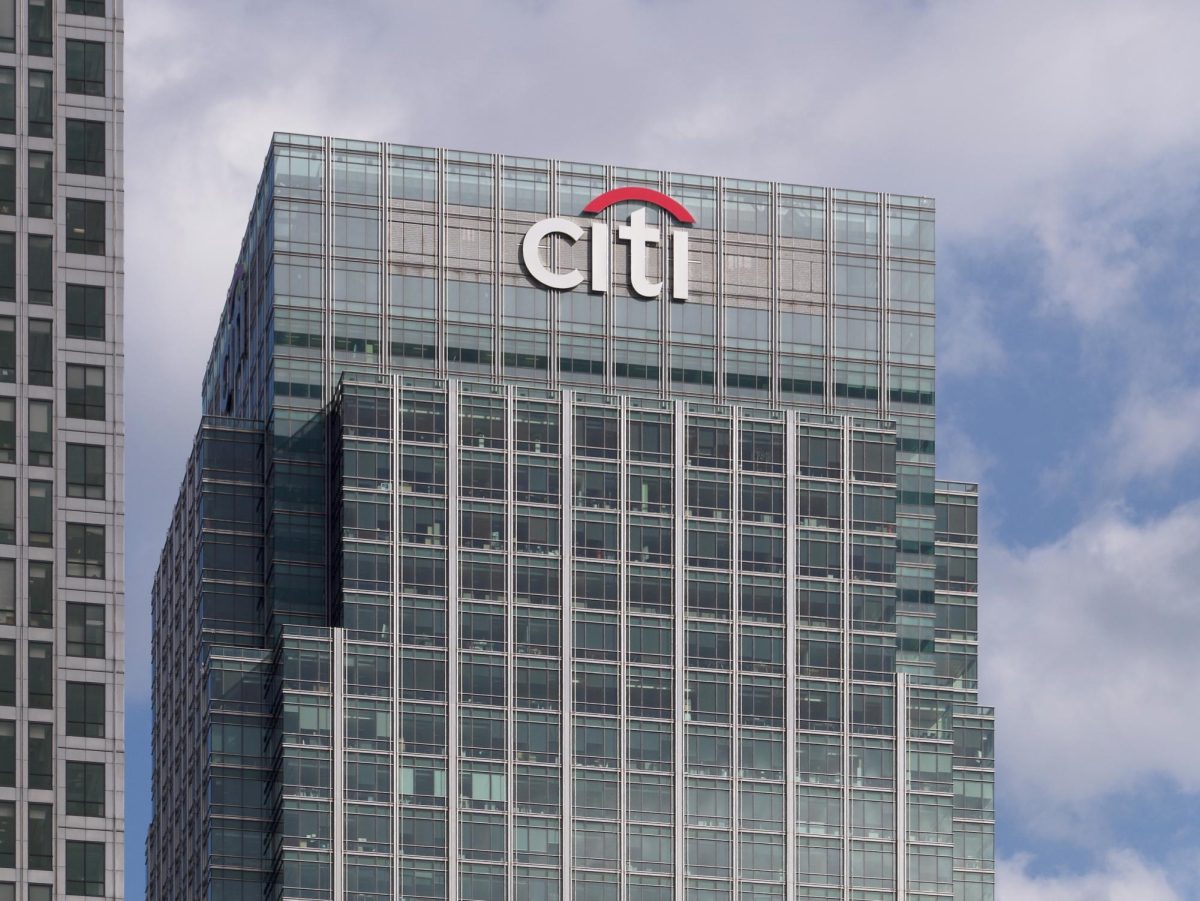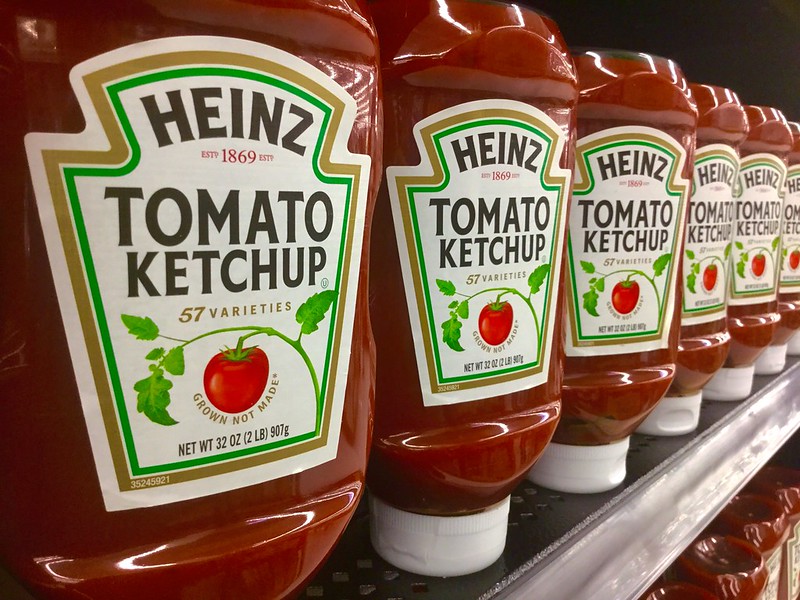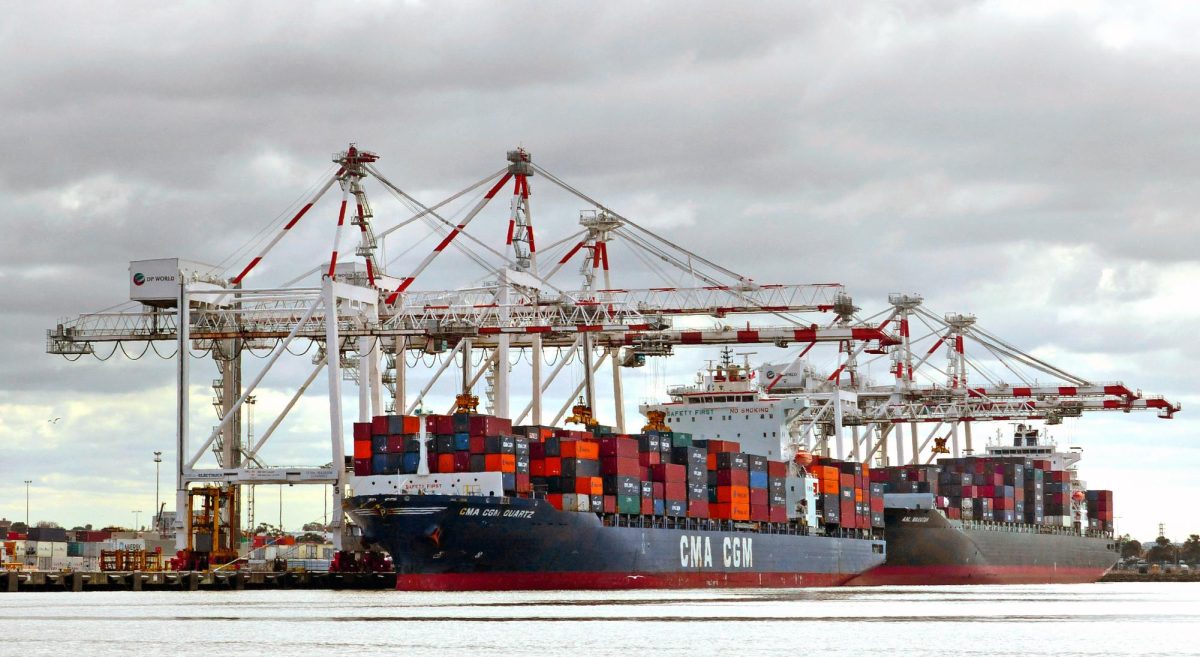The Lego Group ended its effort to produce its bricks from recycled plastic bottles due to its inefficiency in reducing carbon emissions, the toy company announced on Sept. 25.
Since the Danish toymaker’s inception in 1932, most of the iconic primary-colored bricks have been made with virgin oil-based plastic acrylonitrile butadiene styrene.
Lego has experimented with manufacturing bricks out of more environmentally sustainable materials in an effort to phase out petroleum-based plastics, used to make about 20 of its playset materials, by 2030.
In 2021, the company initially reported that its prototype bricks made from recycled polyethylene terephthalate passed its “quality, safety and play requirements.”
However, the rPET bricks require additional ingredients and more energy for processing and drying as the non-oil material is not durable on its own. The bricks also lacked the “clutch power” or ability to easily click and break apart from other pieces, a crucial component for the toy.
“In the early days, the belief was that it was easier to find this magic material or this new material,” Lego chief executive Niels Christiansen said. “That doesn’t seem to be there. We tested hundreds and hundreds of materials. It’s just not been possible to find a material like that.”
Christiansen cited the setback as an example of why the company avoids adopting “dogmatic” practices.
So far the company has invested over $1.4 billion in an effort to reduce its carbon footprint by 32% by 2032.
Some corporate sustainability experts say itis difficult to find a sensible alternative to ABS, but notice that more companies are looking to find more eco-friendly technology. In 2023, European companies such as MBA Polymers United Kingdom and Sulapac Oy introduced recycled alternatives to ABS materials that can be used in a variety of industries.
The setback highlights how recycled and biodegradable materials are not an end-all solution to reducing carbon emissions as they could require additional resources and energy to meet quality requirements. Lego may be looking to consider adopting other sustainable practices in its manufacturing instead.
Keele University environmental sustainability and green technology course director Sharon George suggested Lego could revolve its sustainability model around reducing production and “developing a market around the existing Lego bricks out there in the world.”
Moving forward, the toymaker aims to incorporate more recycled oils and sustainable raw materials like e-methanol into its ABS bricks. E-methanol, also known as green methanol, comprises captured carbon dioxide and hydrogen waste created with renewable energy that splits water molecules.
In 2018, Lego began using a plant-based bio-polypropylene to create roughly 20 pieces used for toy trees and bushes. Biodegradable plastics can take three to six months to decompose, leading to less pollution than slowly degrading microplastics.
The following year, it launched its Lego Replay program in the United States and Canada. The program lets consumers donate used bricks that are sanitized and later donated to charity.
“It’s better to reuse than recycle,” Christiansen said to Financial Times. “So we’re looking at a circular business model — how do we earn revenue from recircling bricks. It’s quite a shift in thinking and ideas.”
Lego’s pledge aims to design carbon-neutral facilities, increase renewable energy production and consider carbon emissions in all business decisions within the next three years.









